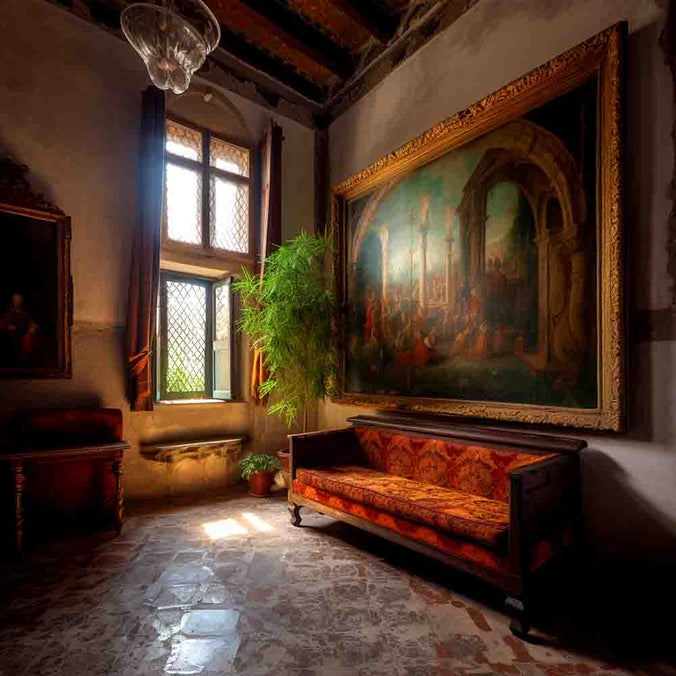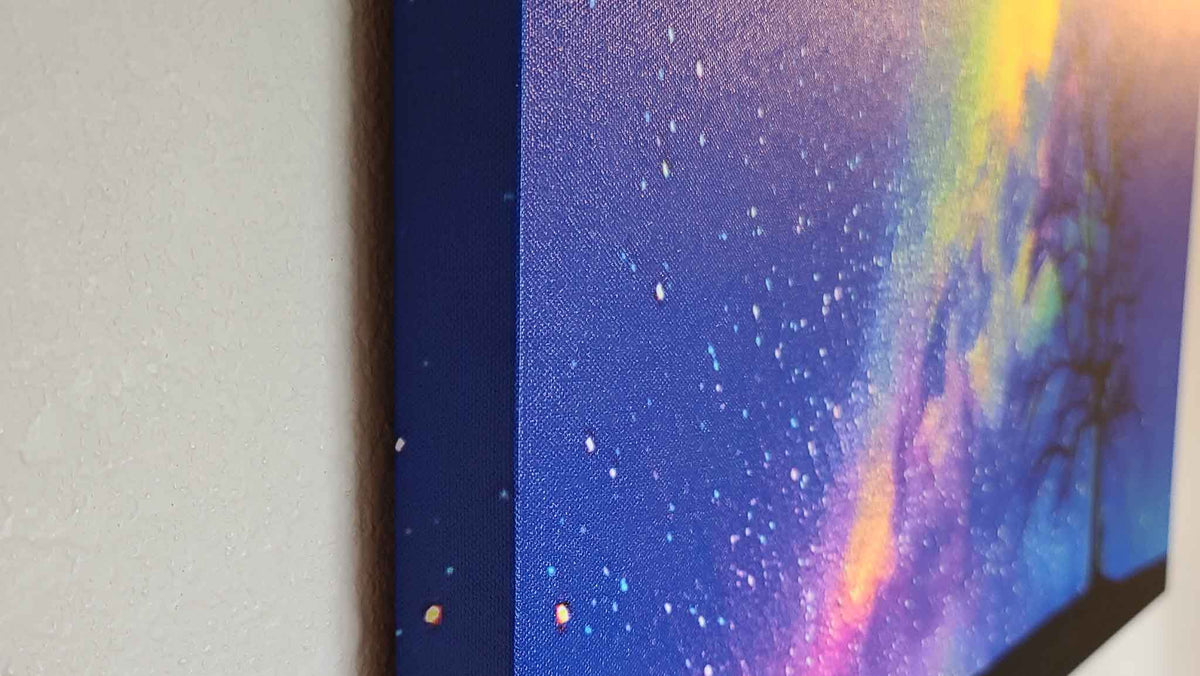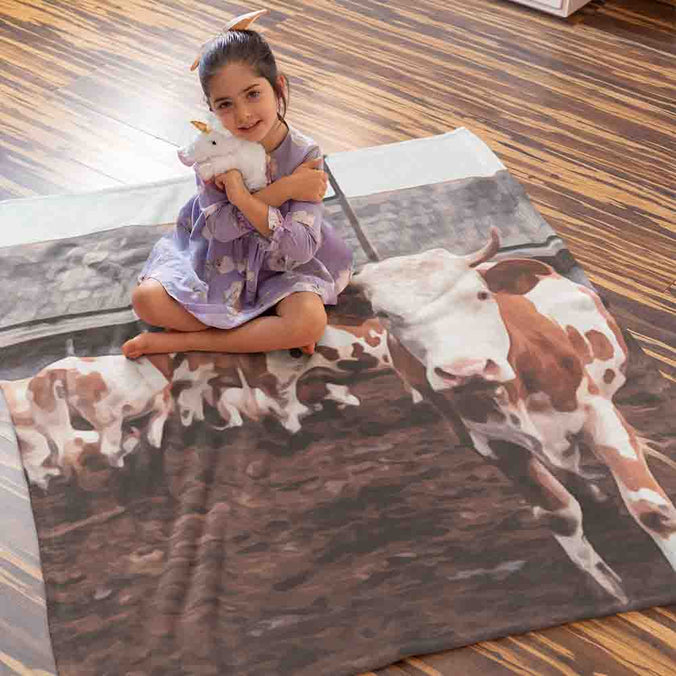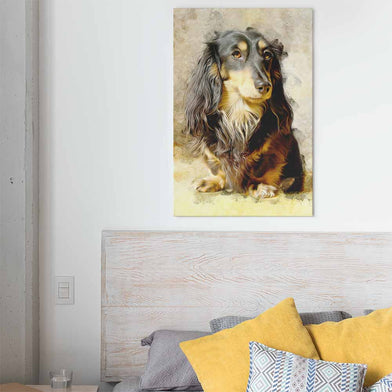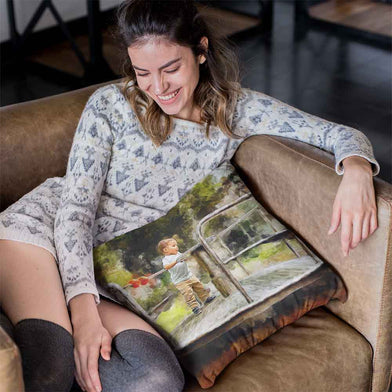An Analytical Approach to Cubism Art

An Analytical Approach to Cubism Art
Cubism is a groundbreaking art movement pioneered by Pablo Picasso and Georges Braque in the early 20th century. It is characterized by its fragmented subject matter, multiple perspectives, and reliance on geometry. Key artists include Picasso, Braque, Fernand Léger, Albert Gleizes, and Jean Metzinger. Modern Cubism art continues to explore new ways of depicting form and space, influencing architecture and popular culture. Incorporating Cubism art into your home décor adds a contemporary look and a sense of order and precision, transforming your living space into a visually engaging environment. To display Cubism art effectively, choose the right location, hang at eye level, use proper lighting, frame the artwork, and group it with other pieces that share a common theme, color scheme, or style.
Characteristics of Cubism
Key characteristics of Cubism include the repetition of subject matter, the resulting abstract composition, and the reliance on geometry to express ideas. These features help to understand Cubist paintings, which often depict objects in round, oval, or circular shapes, focusing on conveying ideas through the use of geometry rather than using representational objects.

The Beginnings of Cubism: Picasso and Braque
Cubism started as a collaboration between Pablo Picasso and Georges Braque in the early twentieth century. Both artists lived in Paris' Montmartre district and regularly met to discuss their progress. Their friendship and artistic relationship led to many important works that influenced the nature of art for many decades.
Famous Artists Known for Their Cubism Art
Famous artists known for their Cubism art include Picasso, Braque, Fernand Léger, Albert Gleizes, and Jean Metzinger. While the style was most often associated with painting, it also influenced sculpture and architecture.
How to Create Cubism Art
Creating Cubism art, whether through painting or drawing, involves using geometric shapes, a limited color palette, and multiple perspectives. Experiment with overlapping lines, one or three primary bright colors, and sketching the subject from various angles.
Modern Cubism Art
Modern Cubism art continues to explore new ways of depicting form and space by breaking objects into planes and reconstructing them as a whole with multiple perspectives. The style incorporates elements of popular culture and collage, and it influences architecture with its multi-faceted facades and ambiguous relationship between inside and outside spaces.
Adding Cubism Art to Your Home Décor
Incorporating Cubism art into your home décor adds a contemporary look and a sense of order and precision. Pair cubist art with other art pieces, display them in different areas of your home, or use smaller pieces as functional decorations like containers, doorstops, and bookends. This unique style can transform the overall aesthetic of your living space.
Choosing the Right Cubism Art for Your Space
To select the perfect Cubism art for your home, consider the size, color scheme, and subject matter. When choosing a piece, take into account the existing décor and color palette of the room. Look for art that complements your style and adds visual interest without overwhelming the space.

Tips for Displaying Cubism Art
Once you have chosen the right Cubism art for your home, it's time to display it. Follow these tips for the best results:
- Choose the right location: Select a spot in your home that will highlight the artwork and ensure it's easily visible. Consider placing the art in the living room, hallway, or bedroom where it can be enjoyed by both residents and guests.
- Hang at eye level: Hang your Cubism art at eye level to make it easier for viewers to appreciate the details and intricacies of the piece.
- Use proper lighting: Illuminate the artwork with the appropriate lighting to accentuate its colors and shapes. You can use adjustable track lighting, picture lights, or floor lamps to create the desired effect.
- Frame the artwork: Frame your Cubism art to protect it and add a polished finish. Choose a frame that complements the style of the piece and the overall décor of the room.
- Group with other artwork: Create a gallery wall by grouping your Cubism art with other pieces that share a common theme, color scheme, or style. This will help to create a cohesive and visually appealing display.
Learning from Cubism
The Cubism movement has left a lasting impact on the art world, encouraging artists and viewers to look beyond traditional perspectives and appreciate the complexity and abstraction in everyday life. By incorporating Cubism art into your home décor, you can bring this groundbreaking movement's essence into your living space and inspire creativity in your daily life.
Cubism is an influential art movement that has shaped modern art and continues to inspire artists today. By understanding its origins, characteristics, and various styles, you can appreciate the movement's impact and incorporate its unique aesthetic into your home décor. With the right selection and display, Cubism art can transform your living space into a contemporary and visually engaging environment.
Leave A Reply
Your email address will not be published. Required fields are marked *

